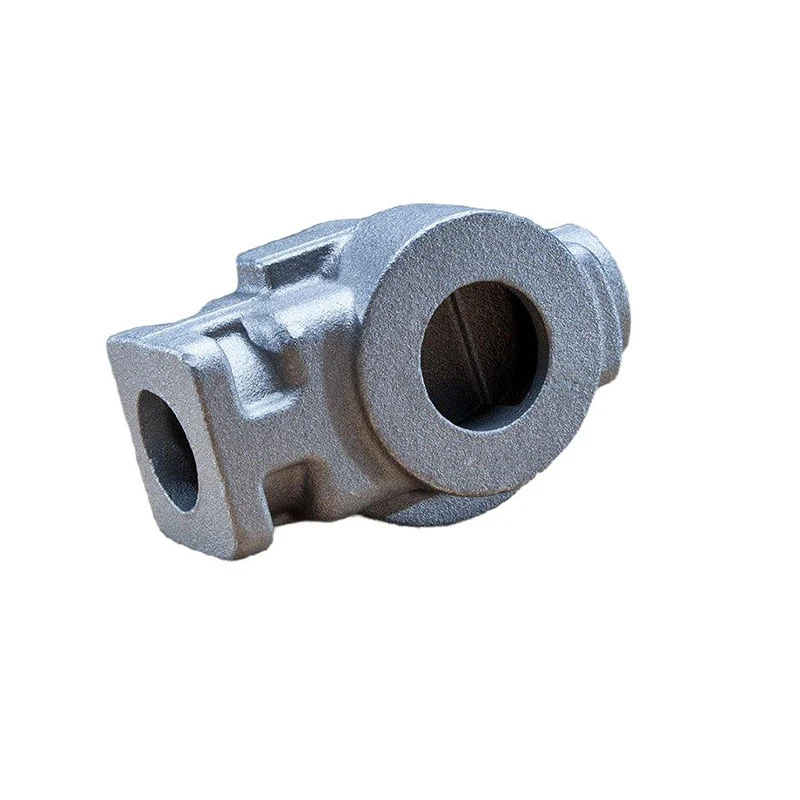Enhancing Die Casting Efficiency Through Jet Cooling Techniques and Innovations
Jet Cooling in Die Casting Enhancing Efficiency and Quality
Die casting is a widely used manufacturing process that involves forcing molten metal into a mold cavity under high pressure. This technique is highly valued for its ability to produce complex shapes with excellent surface finishes and dimensional accuracy. However, one of the challenges in die casting is the effective management of heat during the process, as excessive temperatures can lead to defects in the final product. One innovative solution that has gained traction in recent years is jet cooling, which plays a crucial role in improving the efficiency and quality of die casting.
Jet cooling refers to the application of high-velocity jets of cooling fluid—usually water or a specially formulated coolant—into the die casting mold to facilitate rapid heat extraction. This approach contrasts with traditional cooling methods, which often rely on passive convection or conductive cooling through the mold material. By utilizing precisely directed jets, manufacturers can significantly enhance the cooling rate of the die, leading to several important benefits.
Firstly, one of the primary advantages of jet cooling is its ability to reduce cycle times. In die casting, the cooling phase can be a bottleneck that prolongs production. By accelerating the removal of heat from the die, jet cooling allows for shorter cooling periods, thereby increasing the overall throughput of the production process. This improved efficiency can translate into higher productivity and lower operational costs, making it an attractive option for manufacturers aiming to optimize their die casting operations.
jet cooling in die casting

Moreover, jet cooling helps to improve the quality of the finished products. One of the common issues in die casting is the formation of defects such as porosity or dimensional inaccuracies, often caused by uneven cooling and thermal gradients within the mold. By providing consistent and uniform cooling across the die surface, jet cooling minimizes the risks of these defects, resulting in better structural integrity and surface quality. This is particularly important in industries where precision and reliability are critical, such as automotive and aerospace manufacturing.
Another significant benefit of jet cooling is its contribution to the longevity of the die. Excessive and uneven heat distribution can lead to thermal shock and premature wear of the mold, leading to costly repairs and downtime. By implementing jet cooling, manufacturers can maintain optimal operating temperatures for the die, thereby extending its lifespan and reducing maintenance costs. This aspect not only enhances the economic viability of die casting but also promotes sustainability by minimizing waste.
Furthermore, the adaptability of jet cooling systems enables manufacturers to fine-tune their cooling strategies based on specific production requirements. By adjusting factors such as the flow rate, temperature of the cooling fluid, and jet orientation, manufacturers can optimize the cooling process for different materials, geometries, and production volumes. This flexibility paves the way for innovations in die casting, allowing manufacturers to experiment with new alloys and intricate designs while maintaining quality standards.
In conclusion, jet cooling in die casting represents a significant advancement in manufacturing technology. By enhancing cooling efficiency, improving product quality, increasing die longevity, and providing operational flexibility, jet cooling addresses many of the challenges traditionally faced in die casting. As industries continue to push the boundaries of design and production demands, the adoption of advanced cooling techniques like jet cooling will be crucial in driving the future of die casting, ensuring it remains a competitive and effective manufacturing method.
-
Precision Sheet Metal Stamping Manufacturer | Fast & ReliableNewsAug.01,2025
-
OEM Sand Cast Pump Valve Fittings - Baoding Hairun Machinery And Equipment Trading Co., Ltd.NewsAug.01,2025
-
Custom OEM Impellers | High Efficiency & PrecisionNewsAug.01,2025
-
OEM Sand Cast Pump Valve Fittings - Baoding Hairun Machinery | Customization, Quality AssuranceNewsAug.01,2025
-
OEM Sand Cast Pump Valve Fittings - Baoding Hairun Machinery And Equipment Trading Co., Ltd.NewsAug.01,2025
-
OEM Sand Cast Pump Valve Fittings - Baoding Hairun Machinery And Equipment Trading Co., Ltd.NewsJul.31,2025















